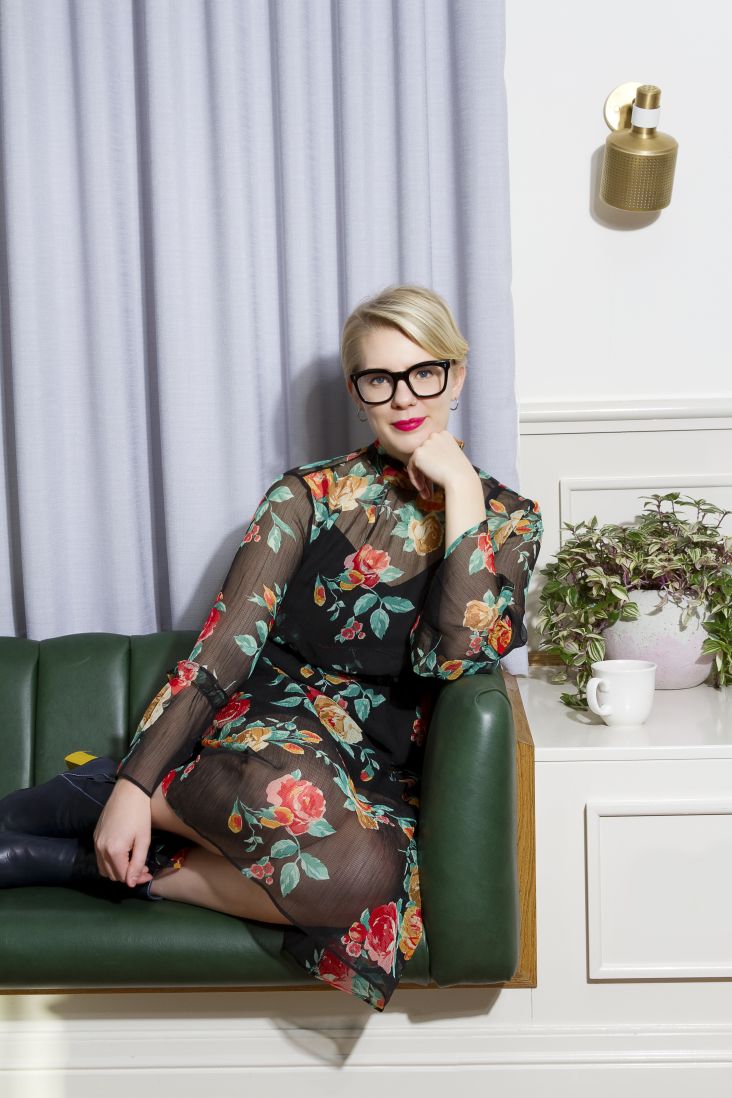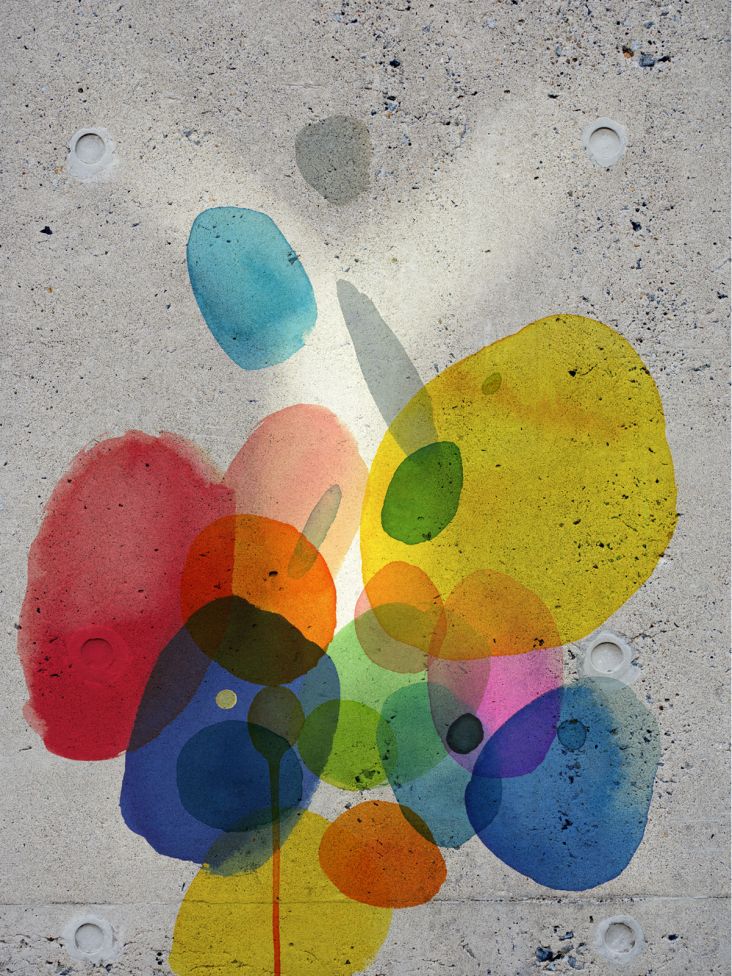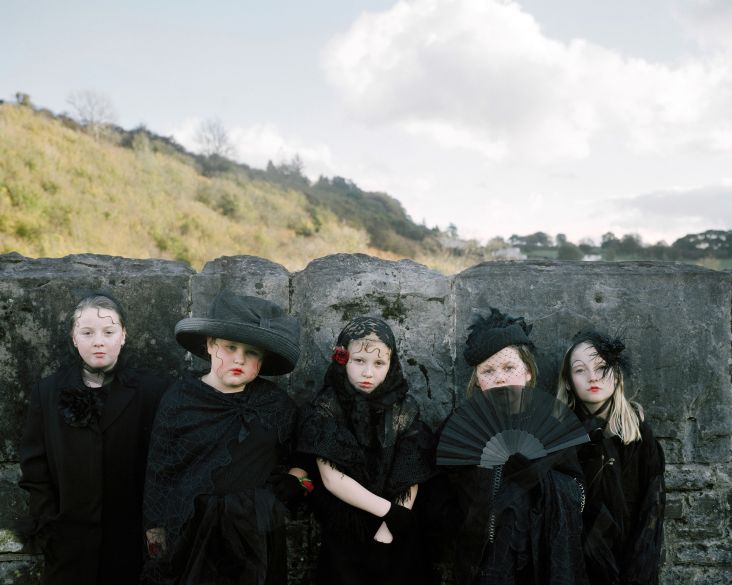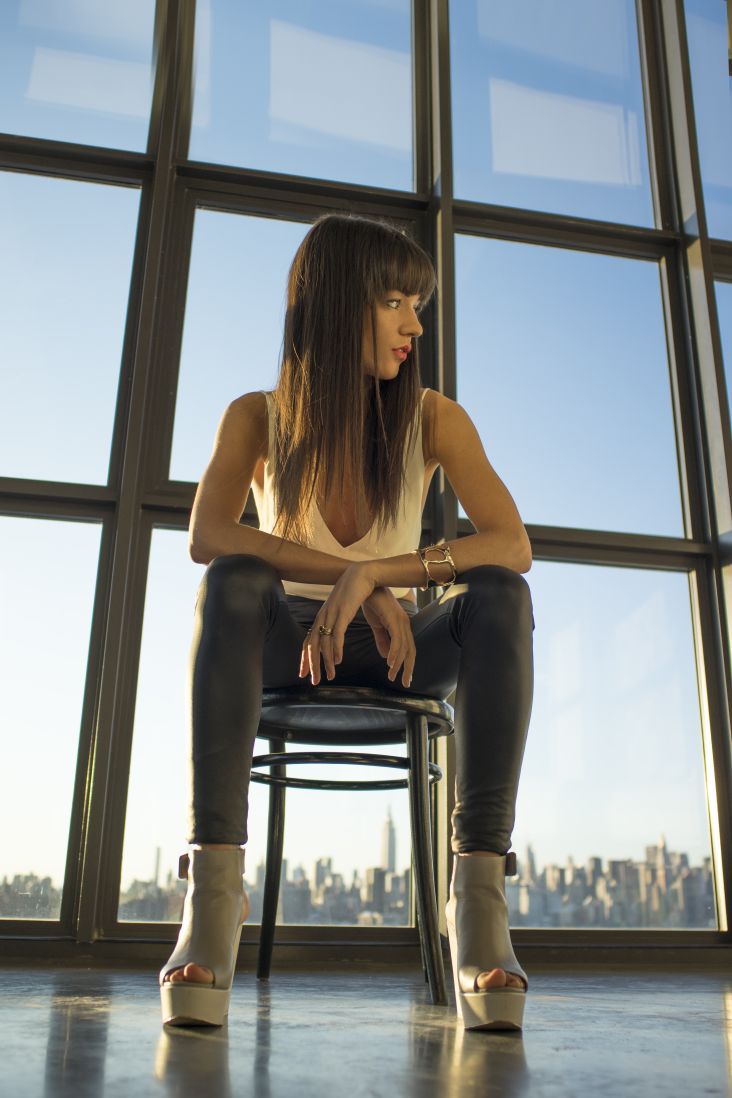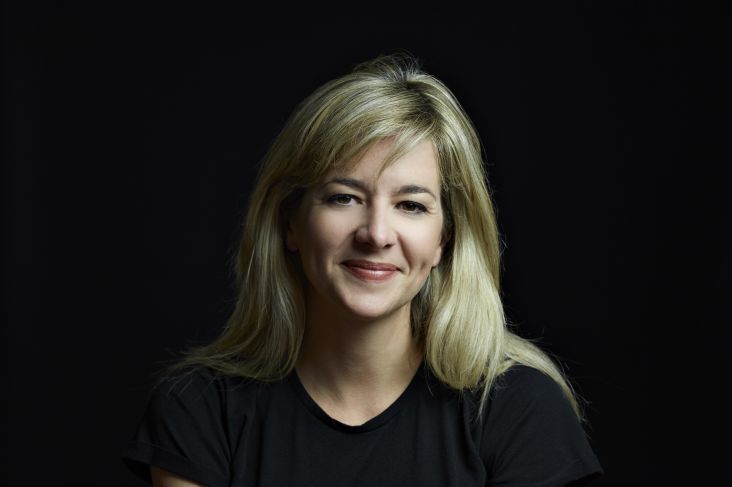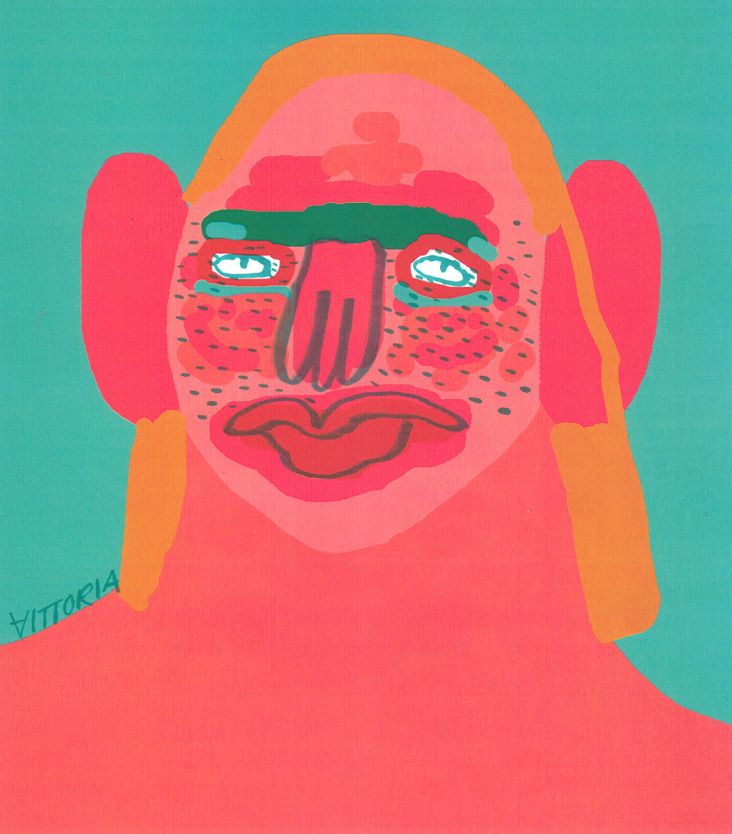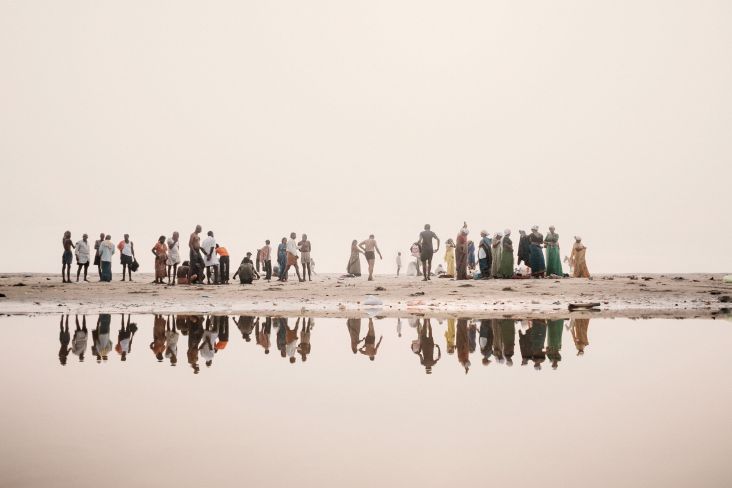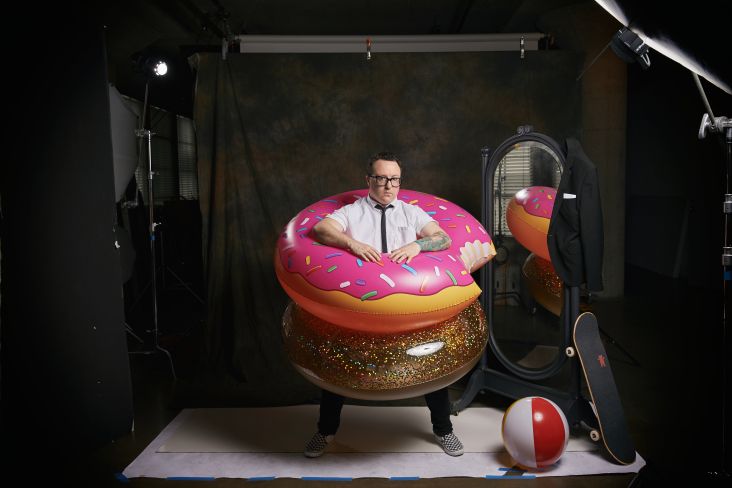Rob Lowe aka Supermundane on growing up in Tamworth, the joy of lava lamps and keeping things simple
Rob Lowe is Supermundane, a graphic artist based in London famous for his signature geometric illustrations that play with line, colour and optical effects.
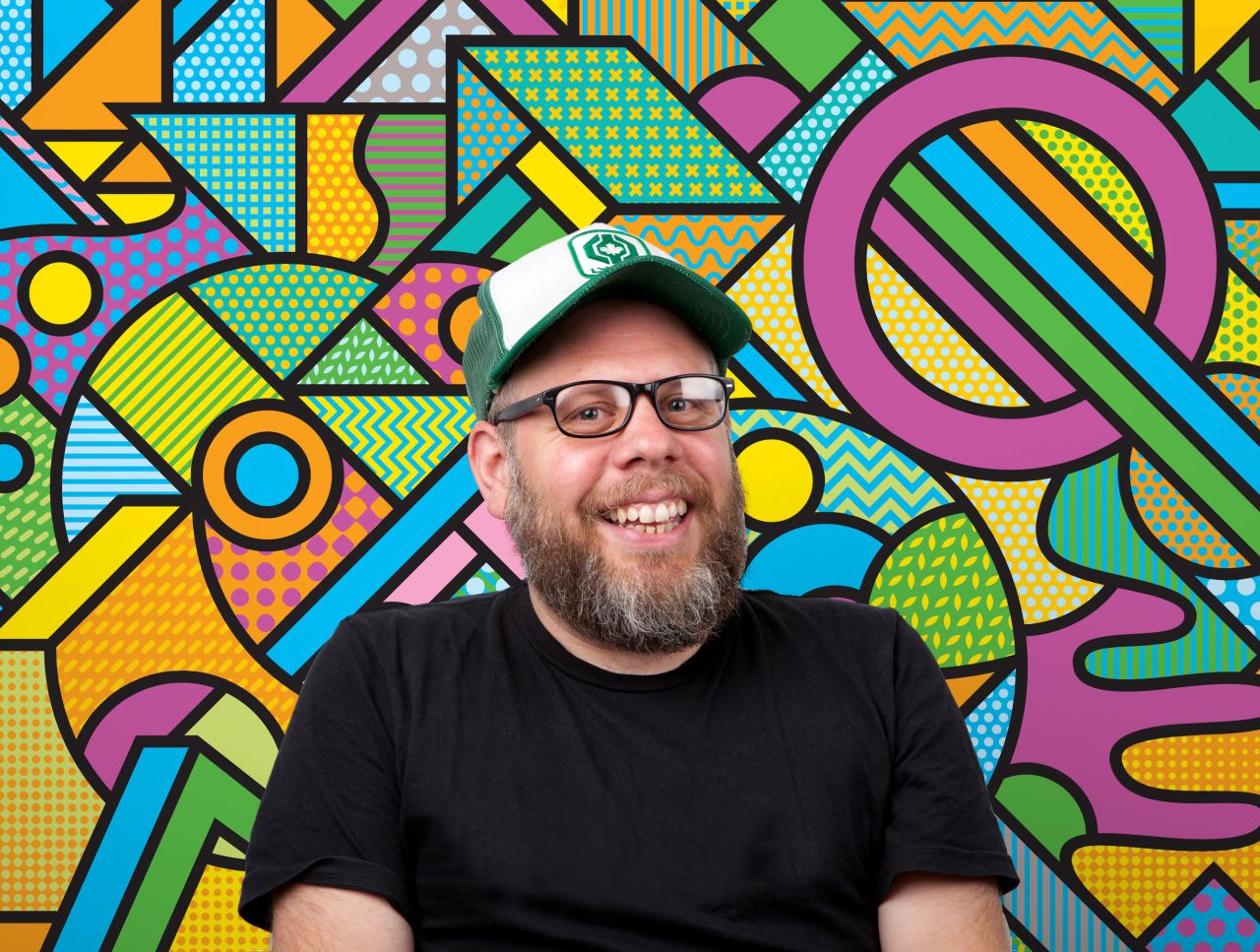
Defined by this distinctive style, along with a dash of humour and simplicity, his work spreads across various disciplines from typeface design to more personal projects.
With a career spanning more than two decades and work that has become instantly recognisable, published and exhibited worldwide, we grabbed Rob for a chat during his recent visit to Manchester. This is what we discussed.
Let's go back to the beginning. What was your childhood like?
I grew up in Fazeley, near Tamworth. My parents moved there in the 1960s and still to this day live in the same house. My mum stayed at home and looked after me and my two brothers, and my father worked at Hardy Spicer GKN his whole life, becoming a robot technician in the '80s.
He was also a drummer, which was how my parents met. My mum must've spotted him at a gig and the rest is history. They got married and apparently came out of the church under an archway of guitars. My dad retired quite early and now spends most of his time at Drayton Manor Golf Club.
Their house is actually right next to Drayton Manor theme park, so when I go home and see them, I can hear the screams and see the tops of the rides.
Oh wow. Has it changed much since then?
Well, Tamworth was a weird place to grow up. It was quite violent in the late '70s and early '80s. It was rough as hell. There was fighting all the time. If you were a weirdo, like me, there were only two pubs you could go to and be left alone. The crowd I hung out with was a mixture of goths and indie kids – people that would feel quite segregated from everyone else.
Was that why you chose to leave?
[Laughs] I never really thought about it. I completed an HND in Graphic Communications in Middlesborough and then worked at Haden, a kettle factory in the Midlands, designing packaging and various graphics to put on the actual kettles.
It was a strange and mundane atmosphere. My balding, "Tamworth yuppie" boss wasn't a pleasant character and one day decided to up and leave and start his own company, pretty much taking the whole design team with him and leaving me, the only one left.
So Haden gave me my own office and left me to it. I was working alongside the CAD team, but I had my own room, quite hidden away from everyone else. I worked out quite quickly that if people asked me to do things, and I didn't do them, they'd never ask me again.
That meant I could spend a lot of time designing typefaces and doing my own thing. [Laughs]
Did you stay there long?
Not really. I started looking in Creative Review and Design Week for another job and one day, spotted an advert for Mathmos, the people behind the lava lamp. I'd actually designed a typeface based on the lava lamp, so sent them that along with my portfolio and got the job in London. That was in 1996. And I've been in the capital ever since.
There was certainly a boom in lava lamps back then. It was a great experience. We could do whatever we wanted. Experiment, try new things. We won awards. We even created a Mathmos anthem and went wild with its packaging. It was a lot of fun.
Sadly, it didn't last. They were selling a million a year but the market quickly became saturated. After five years, I was made redundant and then went to work for the Ministry of Sound. It was around that time that I also launched Supermundane, which is an actual word that means "beyond earthly things".
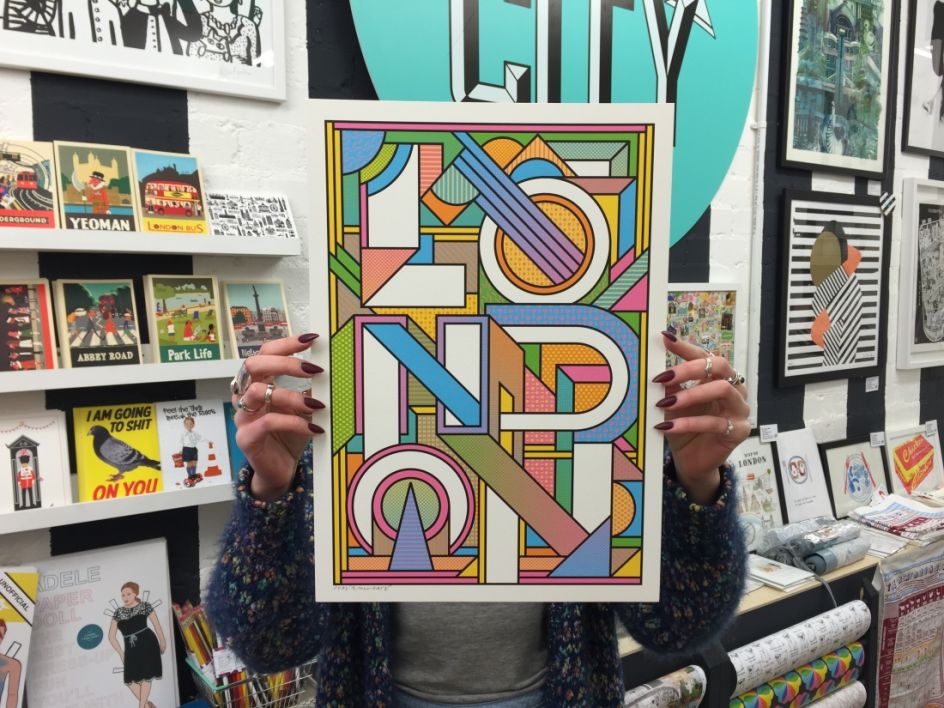
© Kevin Lake
What happened next?
Well, my career seems to be broken down into 10 year periods. The first decade involved working as a graphic designer for people like Haden, Mathmos and the Ministry of Sound. Over the 10 years that followed, I worked for independent magazines, art directing for Sleazenation, Good for Nothing, Anorak and Fire & Knives.
During all that time, Supermundane had been bubbling away on the side and I'd enjoyed plenty of exhibitions and projects. It got to a point where I could concentrate on personal work full-time. That was in 2012 and I've never looked back.
What do you think helped the most with your success?
I don't know. I think it's mainly to do with being around at the right time. A less saturated time. I certainly didn't intend to end up this way. Nothing has been planned. Everything has happened naturally. I've been very lucky, just stumbling along. I've allowed myself to be open to opportunities.
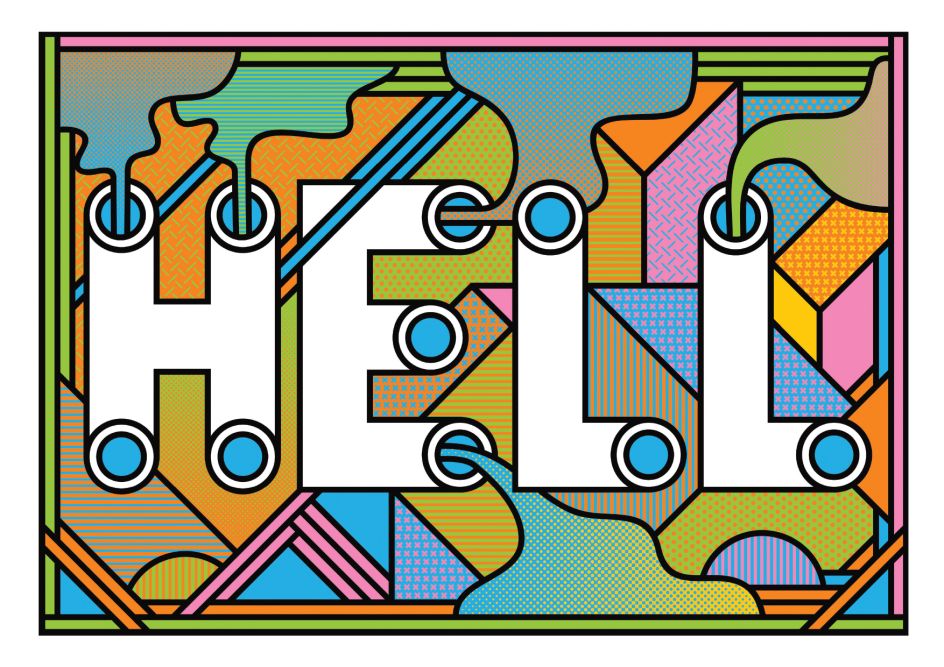
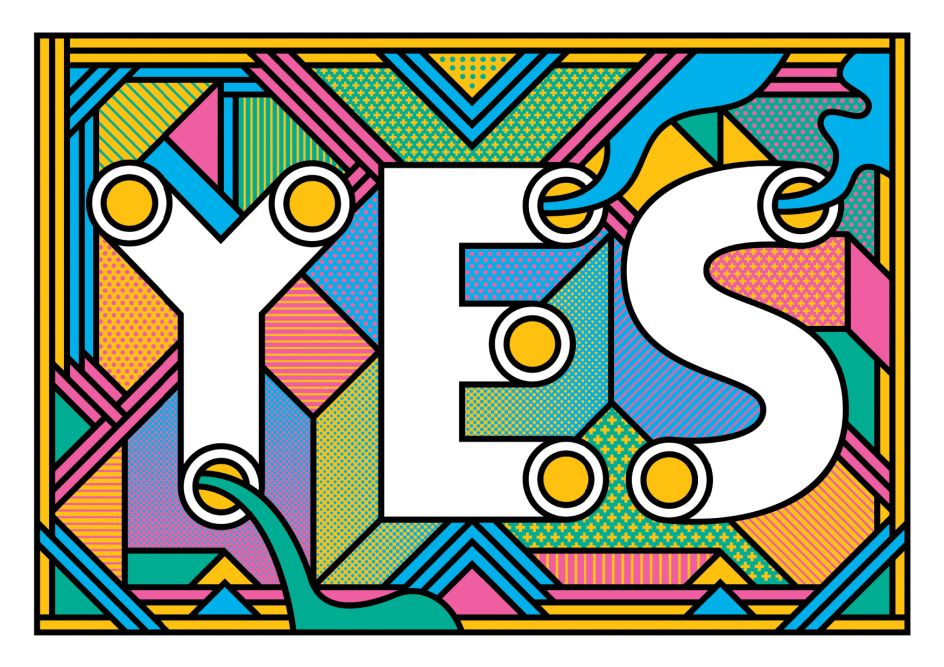
Moving on. How did you develop your style?
About 10 years ago, I started to play around with geometric lines and shapes, and develop something that felt unique. I put simplicity at the heart of my work, even though it can look quite complex at times.
Simplicity also plays a part in my process. I know a lot of people enjoy struggle, but I love it when things go smoothly because I feel like I'm on the right path. Often if I struggle with a certain piece, it doesn't feel as perfect as it could be. It has to feel right to me. I don't like to force anything.
Why should it be a struggle?
I'm trying to teach this to students, as I always get asked about my style. I say, don't think about my style. You can copy what I do but you don't know why you're doing it. Your work will be shallow and have no substance.
Style is very personal. It takes time to discover your own. What you like, what you're good at and what you want to say – it's not something that happens overnight. I believe it takes at least 10 years before it clicks into place and you start producing great work.
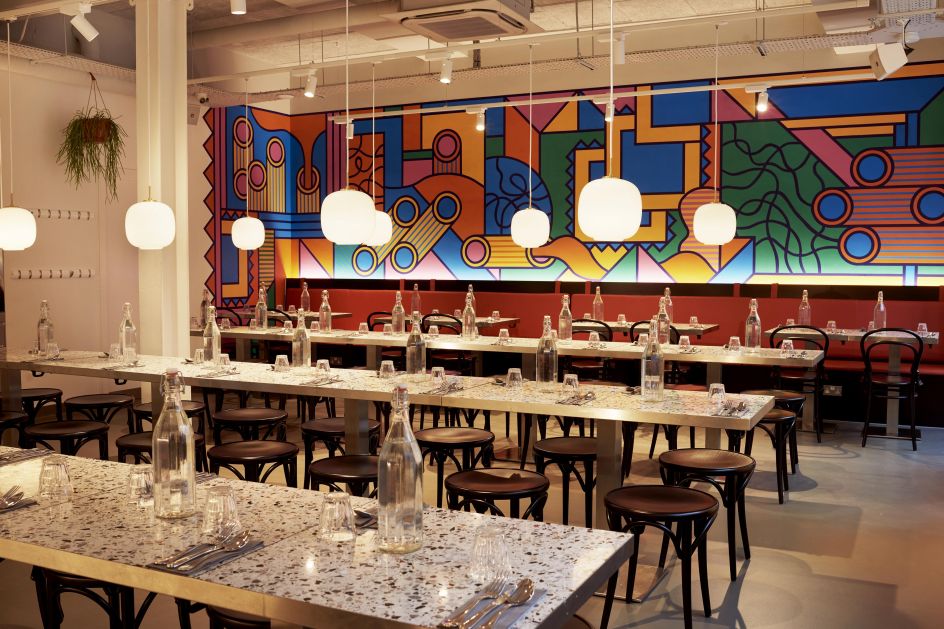
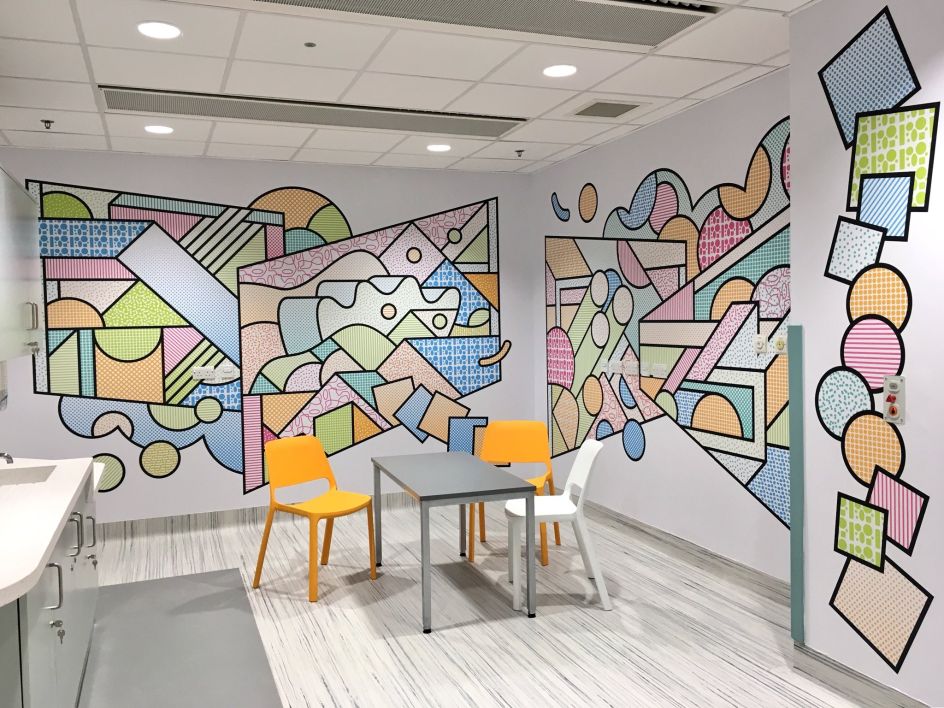
It does take time, doesn't it!
Yes, you've got to stick at it. And be honest with yourself. When I came out of college, I wasn't particularly good but I knew I had something. It just takes time. Lots of mistakes, plenty of experiences over many years and today I create something and I think, oh, that's pretty good. [Laughs]
What other advice can you share?
Think, don't think – is advice I often share. I do think a lot myself and try and switch off by going "cold water swimming". I'm a member of the Tooting Bec Lido and enjoy a dip in the winter. It really refreshes my mind. It's a complete reset. You can't think much when you're in very cold water, trying to survive.
The other way I combat overthinking is by starting with one simple line and seeing where it takes me. The drawing could end up really complicated but actually comes from a simple place.
Simplicity is huge in your work. Does it also play a part in your life?
Yes, absolutely. I've not really changed much since I was a kid. I don't want for much. I'm not materialistic. I think people tend to make life difficult for themselves when they don't really need to. Like buy expensive things and end up on a treadmill. I've always avoided that route, so I can focus on doing what I love. You don't need a lot of things to make you happy.
Have you ever taken on work you later regretted?
I've definitely taken on work I'm not proud of. I'd actually love to create a flowchart that helps me determine whether I should accept a job.
I was asked to do a job for Coca Cola, for example. It was a simple project. Well paid. I didn't think it was a good brand for various reasons. I mulled over the decision for ages but eventually turned it down. After that, I thought – there's got to be an easier way to weigh things up.
Should I do this work? Do I need the money? Does it morally feel right? Will it damage my reputation? Am I getting as much out of this as the client? That flowchart could help me better decide in future. [Laughs]
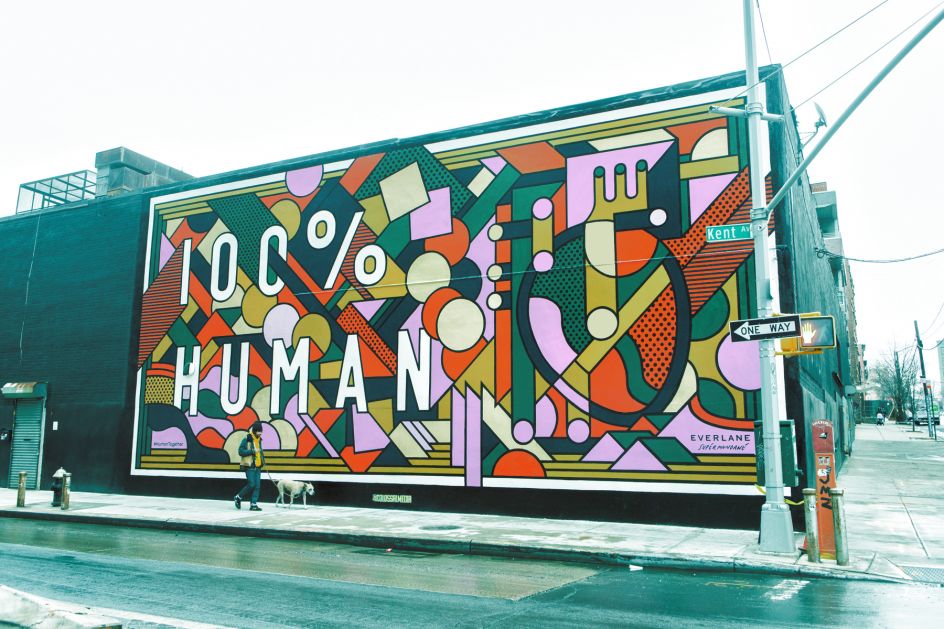
Do you ever get the fear?
Yes. Absolutely. I fear that I won't be able to continue what I'm doing. There was a point last year when I suffered complete creative block. I was thinking, oh my god – what can I do? I'm just doing lines! Going slowly mad. But then I went to Adobe Max and came back refreshed, full of ideas and instantly created three paintings for an exhibition.
Sometimes you just need to get away?
You really do. It's that reset thing we were talking about. I clearly needed a break and after Adobe Max, I went to San Francisco to explore the city. That time away from London really helped. In fact, I often get my best ideas when I'm travelling. I can't just sit down at a desk and wait for ideas to happen. I have to get out there.
Have you ever been tempted to grow an agency?
I don't think I'd know how to. I'm really bad at delegating. I feel guilty about passing jobs on to other people. Also, if I try and describe what I want to someone, it's often quicker to just do it myself.
I have people help me with murals and that's nice. And I'd love to have some help with my online shop. Because, it does get a bit overwhelming, trying to do everything on my own.
But grow an agency? That's not for me. I love being independent. I've got a lot more freedom. I've been lucky lately with some bigger jobs that have paid well and allowed me to take longer breaks in-between projects. If I had staff, it wouldn't be fair to keep disappearing for months on end.

















